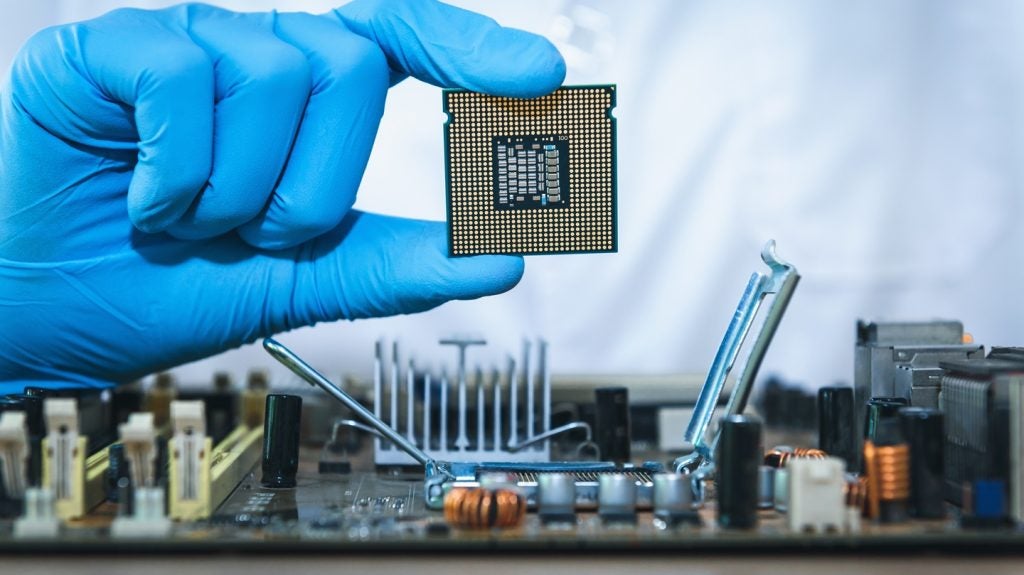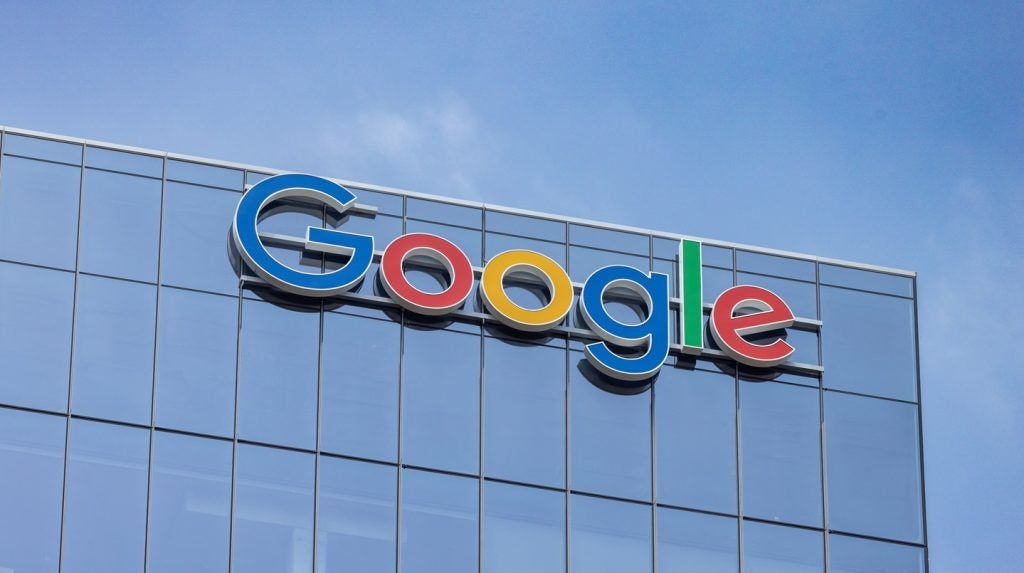Sonos has filed a patent for techniques to control playback volumes. The patent describes a method for displaying and adjusting volume controls for a group of synchronized devices. The system allows users to modify volume settings for individual devices within the group and transmit instructions to modify the volume settings of the entire group. GlobalData’s report on Sonos gives a 360-degree view of the company including its patenting strategy. Buy the report here.
According to GlobalData’s company profile on Sonos, A/V playback synchronization was a key innovation area identified from patents. Sonos's grant share as of September 2023 was 61%. Grant share is based on the ratio of number of grants to total number of patents.
The patent is filed for controlling playback volumes in a group
The filed patent (Publication Number: US20230318554A1) describes a first playback device with specific functionalities related to playback volume and joining playback groups. The device includes one or more processors, one or more communications interfaces, and tangible, non-transitory computer-readable media comprising program instructions.
The first claim outlines the capabilities of the first playback device. It can set a state variable corresponding to the playback volume to a first value and transmit messages with this value to computing devices when not part of any playback group. When commanded to join a playback group, it can change the playback volume to a second volume level, update the state variable, and transmit messages with the new value. Additionally, it can adjust the playback volume to a third level and transmit messages with the updated value when receiving a volume adjustment command while in the playback group.
The second claim specifies that the program instructions also enable the first playback device to leave the playback group, revert the playback volume to the first level, update the state variable, and transmit messages with the initial value.
The third claim highlights that the playback group consists of the first playback device and a second playback device capable of playing two-channel audio content. The first playback device plays the first channel while the second playback device plays the second channel.
The fourth claim explains that the program instructions allow the first playback device to transmit volume adjustment commands to the second playback device, causing it to change its playback volume from the second level to the third level.
The fifth and sixth claims state that the first playback device can receive commands to join the playback group or volume adjustment commands from a controller device or the second playback device.
The seventh and eighth claims specify that the volume adjustment commands for the playback group can be voice commands or commands received via a user interface on the first playback device.
The ninth claim indicates that the messages with the volume values can be transmitted to a cloud computing system.
The tenth claim describes that the program instructions enable the first playback device to respond to a request from a computing device by transmitting messages with the current value of the state variable corresponding to the playback volume.
The remaining claims (11-20) mirror the functionalities described in the first ten claims but are related to tangible, non-transitory computer-readable media comprising program instructions instead of the first playback device itself.
In summary, the patent describes a first playback device with specific capabilities related to playback volume, joining playback groups, and transmitting messages with volume values. These functionalities allow for seamless integration and control within a playback group, ensuring synchronized audio playback across multiple devices.
To know more about GlobalData’s detailed insights on Sonos, buy the report here.
Data Insights
From

The gold standard of business intelligence.
Blending expert knowledge with cutting-edge technology, GlobalData’s unrivalled proprietary data will enable you to decode what’s happening in your market. You can make better informed decisions and gain a future-proof advantage over your competitors.







